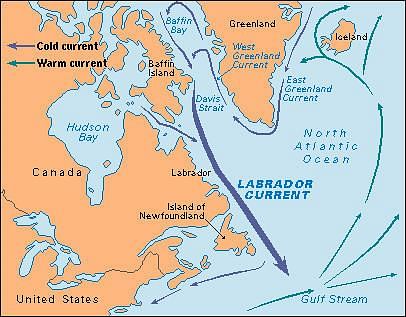KTET Paper 2: Social Science Test - 3 - KTET MCQ
30 Questions MCQ Test - KTET Paper 2: Social Science Test - 3
Which of the following statements is incorrect?
Which of the following statement is incorrect?
| 1 Crore+ students have signed up on EduRev. Have you? Download the App |
Which of the following statements advocates the relationship between science and social science?
Out of the following, which is the most ideal layer of the atmosphere for flying aeroplanes?
The ability to break down information into smaller pieces and to establish relation among parts and the whole is
Read statements (A) and (B) on the social condition of women during the 19th century, and choose the correct option.
Statement (A): Pandita Ramabai founded a widows’ home at Poona to provide shelter to widows who had been treated badly by their husbands’ relatives.
Statement (B): She felt that Hinduism was oppressive towards women.
What did the Supreme court add to Fundamental rights in the case of Subhash Kumar vs State of Bihar (1991)?
A. Right to life includes the right to the enjoyment of pollution-free water
B. Right to equality includes the right to the enjoyment of pollution-free water
C. Right to freedom includes the right to the enjoyment of pollution-free water
A school has 560 students. If the number of girls is 14(2/7)% of the number of boys, then the number of girls in the school is
An element 'X' shows valencies of 3 and 5. The formulae of its sulphides in the two states are respectively
Consider the statements (A) and (B) about "Harappan Society" and choose the correct option.
(A) Cotton was probably grown at Mehrgarh from about 7000 years ago.
(B) Actual pieces of cloth were found attached to the lid of a silver vase and some copper objects at Harappa.
Which type of rubric provides the most detailed feedback on individual criteria?
D. K. Basu Guidelines laid down by the Supreme Court of India are about
Which of the following statements is not correct regarding the election of the President?
The plan meant for evaluating the learning outcomes of the students in the classroom is called
A type of farming in which higher doses of modern inputs are used to obtain higher productivity is known as
Which book has been prepared by International Union for Conservation of Nature and Natural Resources (IUCN) concerning endangered species of plants and animals?
The formula to find out the literacy rate is:
A student was interested in studying problems faced by Indian soldiers during the Kargil War. She interviews several soldiers who took part in the Kargil War. These soldiers can be considered
'It can be placed and located at any place' - this line is appropriate for which of the following industries?
Diagnostic testing in social science will help a teacher understand-
Wind blowing from different directions in a desert forms:
What will happen if the earth absorbs all the incident energy?
What is the purpose of learning social science at the primary school level?
I. To acquaint the student with their geographical social and cultural environment.
II. To help the student to be antisocial in society.
Kolkata is located at 88º E longitude and Chennai at 70º E longitude. The time difference between these two cities is
Directions: In the passage given below, answer the question by selecting the most appropriate option.
The popular perception of Social Science is that it is a non-utility subject. As a result, low self-esteem governs the classroom transactions, with both teachers and students feeling uninterested in comprehending its contents. From the initial stages of schooling, it is often suggested to students that the Natural Sciences are superior to the Social Sciences.
Source : NCF-2005, Teaching of Social Sciences
Q. What is the context in which the term 'non-utility subject' is used?
Which of the following wood is not found in the Himalayan forests of India?
How many members can be nominated by the President of India to Rajya Sabha?




















